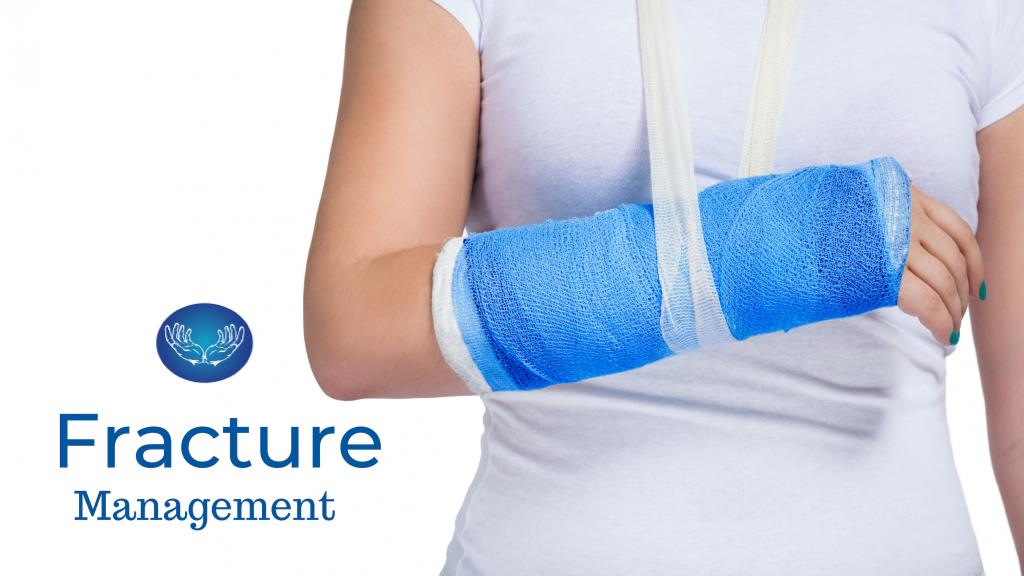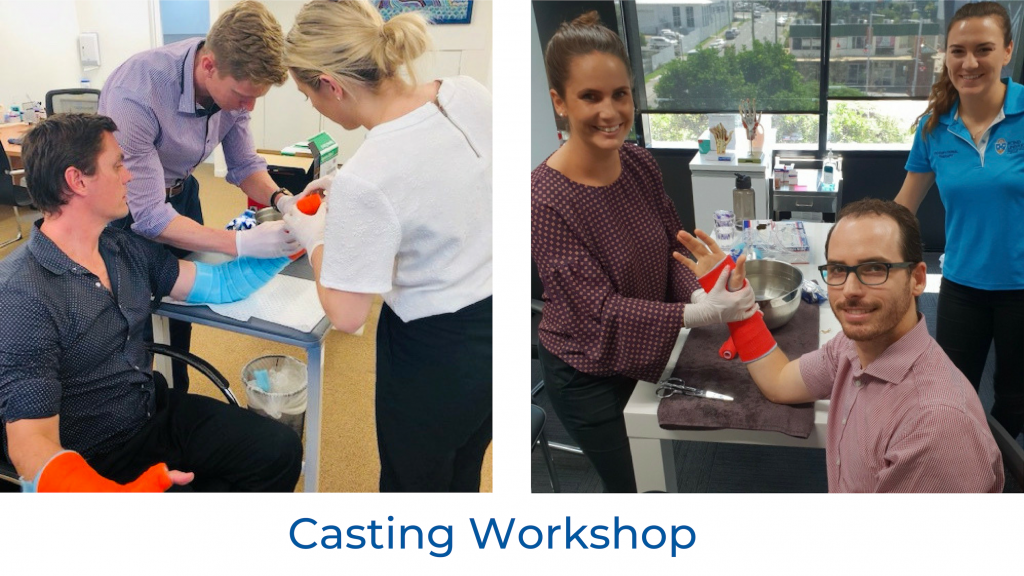Fracture And What To Do?
30 March 2019
So something stupid has happened and you have gone and broke a bone. Or maybe it's just sprained and it hurts like hell. What happens next? Hospital? GP? Physio? Did someone say Hand Therapist?!! So clearly if it's a leg - get your arse to the hospital. But if you have an injured finger, wrist, elbow or arm - there are other places to go for treatment.
Fracture Symptoms?
Usually a scan is needed to completely say for sure whether a break in the bone has occurred. A fracture can be pretty small and no external signs, other than pain, may be present. Symptoms of a fracture usually include pain, swelling and a hot feeling. Things to look for that absolutely need medical attention:
- Severe pain - like passing out kinda pain or severe accident with other signs of injury.
- Moderate pain that does not get better after a few hours of rest and ice or the area continues to swell and becomes warm.
- Mild pain that continues the next day which hurts more with lifting, movement etc.
- If you have a bone sticking out of your skin or any other deep cut ya goose.
- If there is a dull ache that continues days after the injury, especially if you have rested the area.
- If you are worried about the injury, if you are a child (this includes man-childs), have osteoporosis or other diagnosed health concerns.
Does a break or fracture mean the same thing? Yes! To impress your friends you can talk about a 'Closed Fracture' where the skin is intact or an 'Open Fracture' where the skin is cut.
Fracture Management
Hospitals can - Diagnose, scan and cast. They are great one stop shops for after hours injuries and are free. They will often refer to a Hand Therapist or Physio for rehab.
Doctors can - Diagnose, send for scanning and some can even cast. Give the doctor a call if it is within your clinics hours and see if you can get in to see them. Doctors have the bonus ability to assess any other injuries as well. They will often refer to a Hand Therapist for management after.
Hand Therapists can - Diagnose, send for scanning, cast and provide rehab. Wow! They can do all that! It is worth giving a Hand Therapy Clinic a call, as you can get alot of advice on the phone and these specialists do this all day, every day so you know they are good. At Active Hand Therapy we have the added benefit of having a great network of surgeons that we can talk to about your injury if needed.
Fracture Treatment
Immediately - Ice the area and rest. Ice needs to cover the whole joint or injured area. Usually 2-3 icepacks are needed. Ice will help reduce inflammation and relieve pain. Decide whether you need to see a medical professional and make sure you milk it with your partner for all its worth.
Health Professionals - Once a break has been confirmed a health professional will immobilise the area. This means either a cast or a splint will be placed on the area to stop it moving until the bone has healed. Pain relief and education on caring for the break may be given. You will often then be referred to a Hand Therapist to make sure the bones are healing correctly and to check if rehab exercises are needed.
Choosing a Cast
It is an art-form casting. There are many different materials to use, different ways to wrap the material and most importantly the position of the injured area has to be exact. At Active Hand Therapy we commonly use Delta Cast Elite. This is much lighter than plaster of paris and has a specialised yarn that can conform to small, difficult angles - perfect for wrists. Many casts actually go on like a tape, then water is added which causes a chemical reaction that hardens the material. We also use a waterproof underlayer so that if the casts get wet, the material has channels that funnel the water out under the cast for quicker drying.
Not all fractures require casts either, some are much better treated with more comfort with a custom-made splint. Splints have the added bonus of being able to be adjusted for swollen areas. They can also be cleaned and sanitised. Exercises can also be started much earlier for better recovery. They are not suitable for unstable fractures, kids or muppets whom are likely to take it off and move the break around.
Written by David Coles


